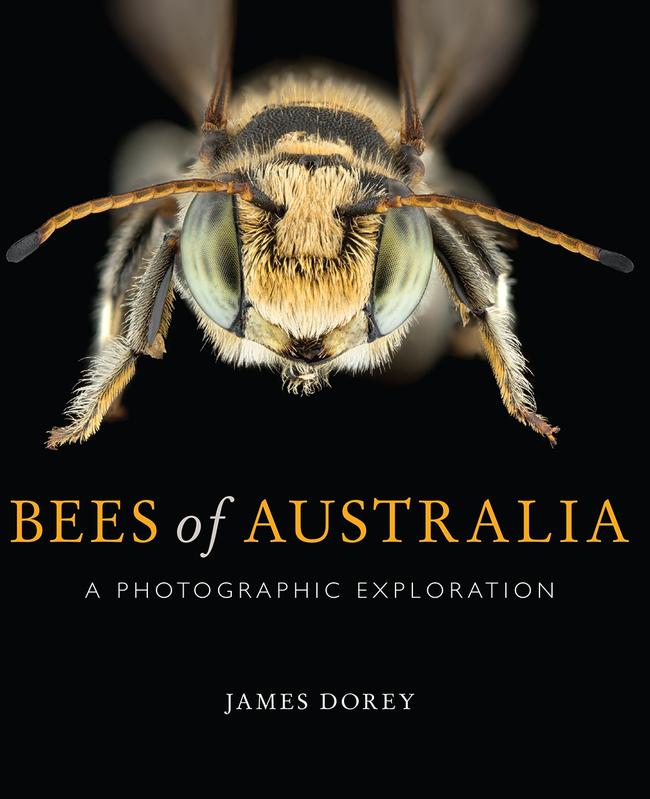Bees of Australia: A Photographic Exploration by James Dorey opens our eyes to native bees
BEES are the darlings of the insect world, indispensable to agriculture and facing multiple threats. Our little known Australian native bees also play a vital role, and a new book helps you to find them in your own garden.
MY fascination with bees was sparked because of a macro lens and an assignment to collect insects – one in which I found and photographed 34 different species of native bee on a single tree in suburban Brisbane.
Before then I had not thought much beyond the familiar honeybees and bumblebees, neither of which are Australian natives. That tree and those bees ignited my fascination. Through that lens (and a few more) I hope to instil and encourage that same fascination in you.
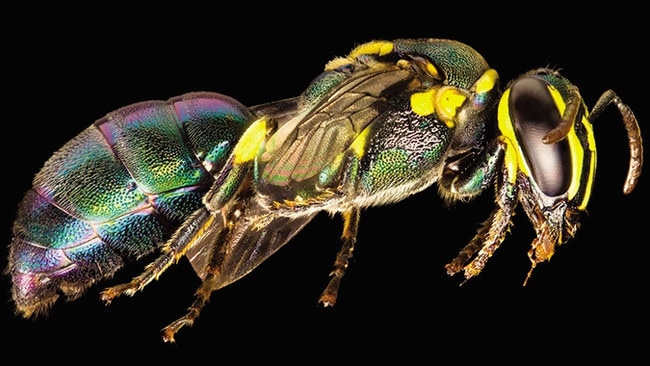
To set the bees in a broader context, I want to pose a simple question: what are bees?
Bees belong to an order of insects (Hymenoptera) that includes all bees, wasps and ants; bees are more closely related to wasps, a group that is often described with colourful language more than warm feelings.
Bees, wasps and ants are further united in the group Aculeata by a common character among females: an egg-laying appendage (ovipositor) that has been modified into a sting. This is the reason that male bees cannot sting: they have no ovipositor. One of the major differences between bees and wasps is that bees rely on pollen as their main source of protein, rather than on other animals.
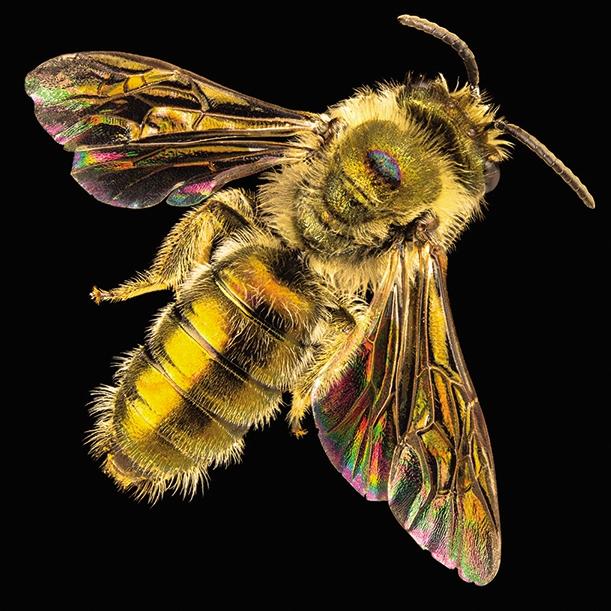
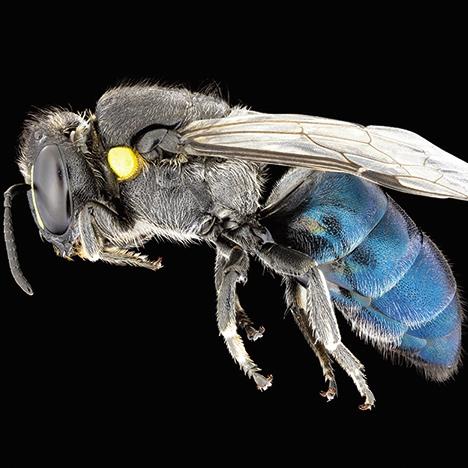
In biology, though, there are always exceptions, and so there is a genus of stingless bees (Trigona) that collects carrion rather than pollen and stores this in pots like other stingless bees would honey.
Other bee characters include branched, sometimes feather-like hairs and a hind basitarsus that is larger than the rest of the tarsal segments. Some other simple characters for telling bee groups apart can also be found on the face.
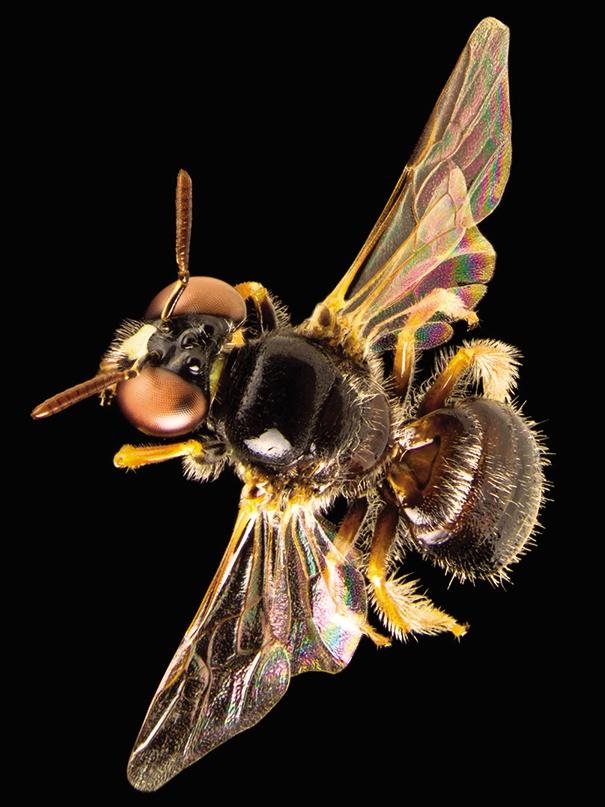
There are more than 1600 described and named bee species in Australia alone, with estimates suggesting a total of 2000 to 3000 species. Morphological differences between these species can be very small and frequently require a microscope to observe. This means that, although it is often possible to identify a bee to family and sometimes to genus in the field, identifying to species can be close to impossible, but not always.
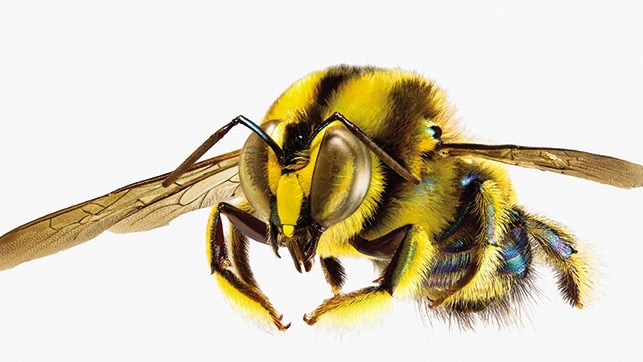
With so many different bee species, it is no surprise that many are yet to be described or even discovered by humans! This also means that very little is known about most species of Australian bees, leaving many questions about each species to be answered, such as: Where do they live? What do they eat? Why did they become a species? When are they active? Could they help us? And, finally, who will resolve these answers?
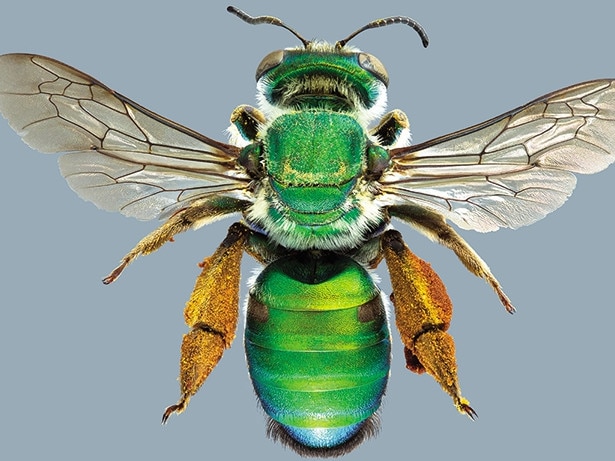
There is a lot of room for new work to be done and for new discoveries to be made when it comes to our Australian native bees.
This is an edited extract from Bees of Australia: A Photographic Exploration by James Dorey (CSIRO Publishing, $49.99), published October, 2018
